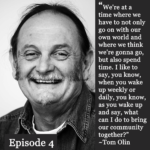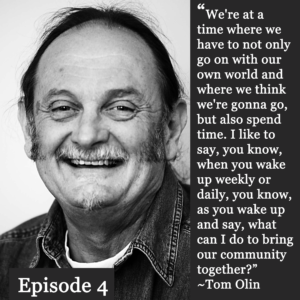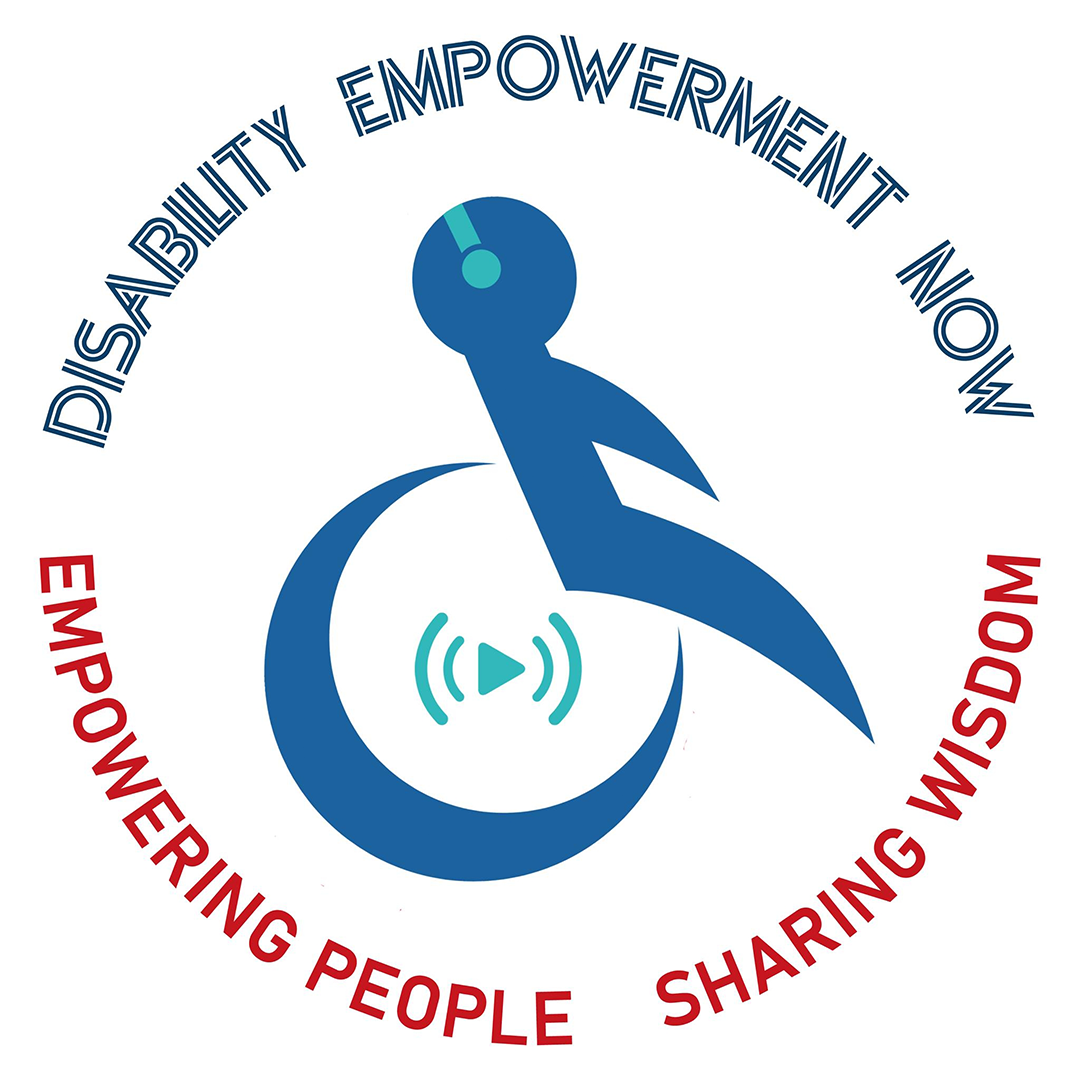
“My photos are my children. Choosing ‘favorites’ is difficult. The totality of photos in my archive highlights some of the important events, the difficult, often dangerous work, and the passionate, dedicated people who time and again put their voices and bodies in the way of injustice – three-plus decades of effort that lead to the passage of the Americans with Disabilities Act in 1990 and beyond,” – Tom Olin.
Most who know Tom, know him as a thoughtful, caring man – as dedicated to his craft as he is to the people in movement he
 documents. Tall and lanky, camera-vested, hat on backward (because that’s what photographers do), always helpful and full of story, Tom is love incarnate, dancing with the camera.
documents. Tall and lanky, camera-vested, hat on backward (because that’s what photographers do), always helpful and full of story, Tom is love incarnate, dancing with the camera.
If a picture is worth 1000 words, Tom has at least that many for each of his pictures. He has watched a movement unfold through his lens and played a part in its unfolding. He knows the people, the purpose, the fun stuff, the hard. He’s been in the trenches capturing the struggle, the effort, the successes – the ongoing press for equity.
Tom first became interested in disability rights growing up with dyslexia. Having to take special classes, Tom came to understand the inequalities of the education system.
Still trying to find himself and his place in the world, he traveled south and, ultimately, west. Living a life full of stories, Tom worked on a Mississippi River riverboat and lived in an Arkansas commune – among other things – before landing in Berkeley, CA. While in Berkeley, he got his start as a photographer after originally working at a video production company.
To improve his videography skills, he was encouraged to take photography classes at a community college. It was at this same time he became an attendant for people with disabilities in the San Francisco area, so his first photography subjects were people with disabilities. He photographed the founders of ADAPT at a national action event in Los Angeles in 1985, which led to his interest in being a social documentarian for the disability rights movement and the rest is history.
Access the transcript of this episode HERE.
Podcast: Play in new window | Download
